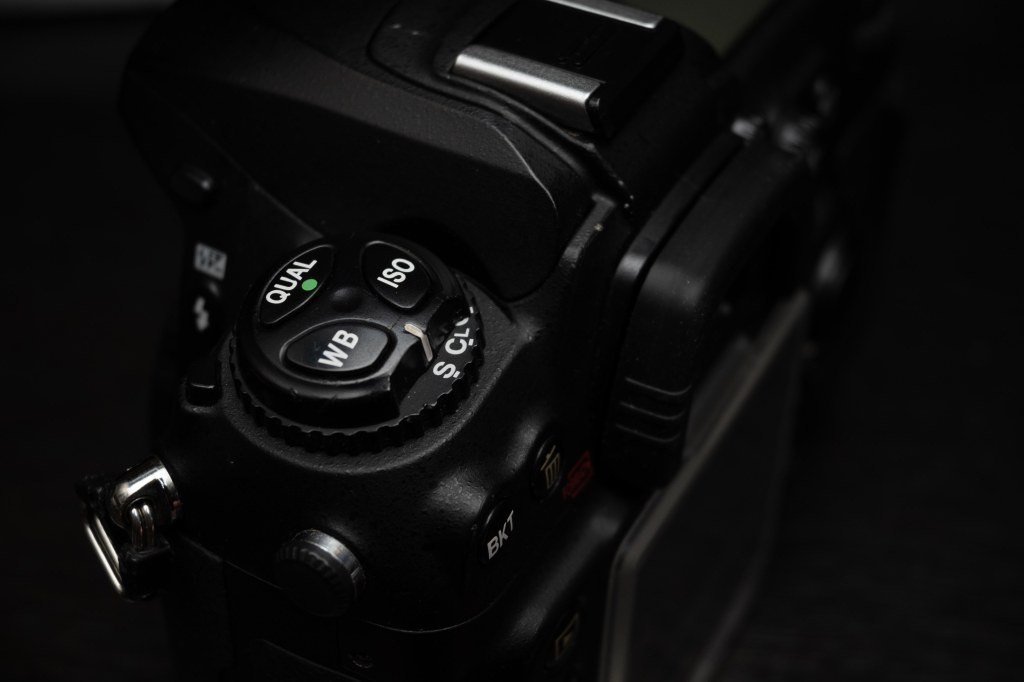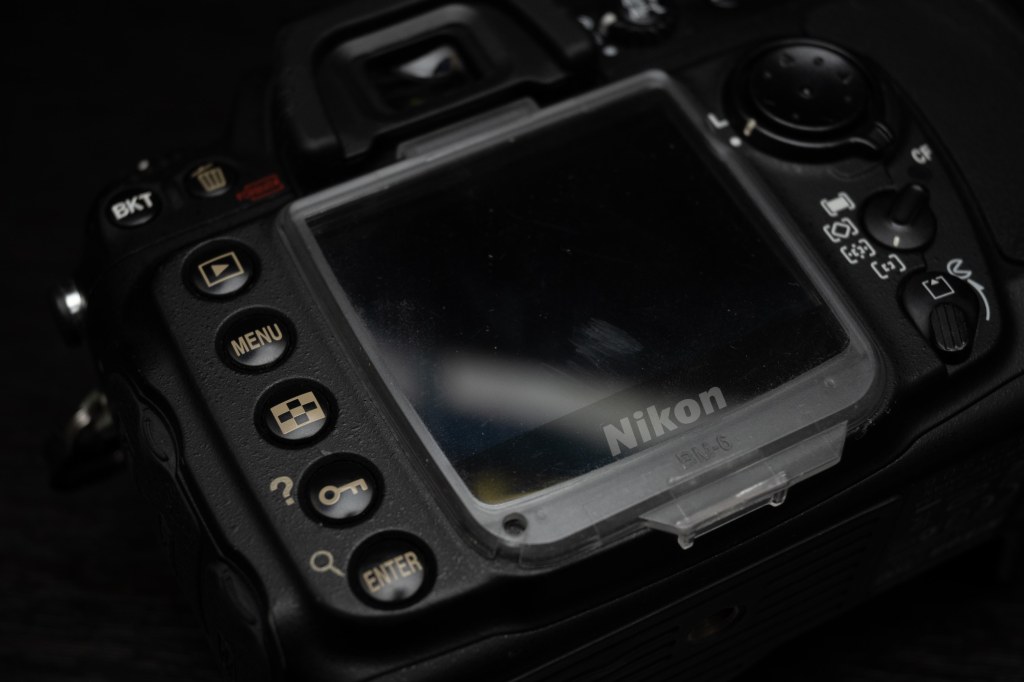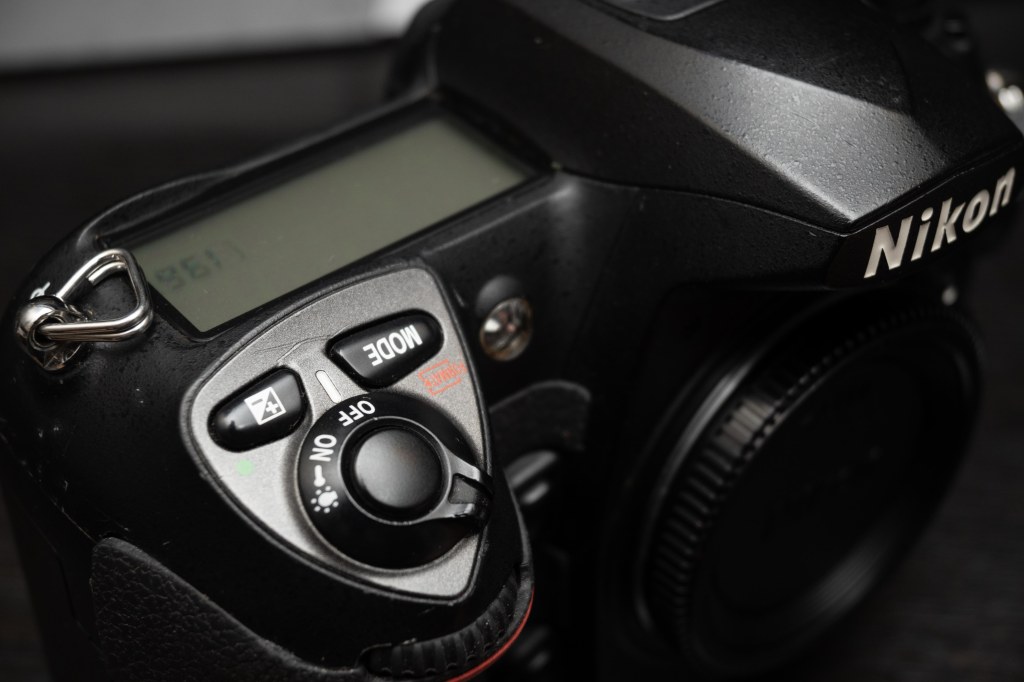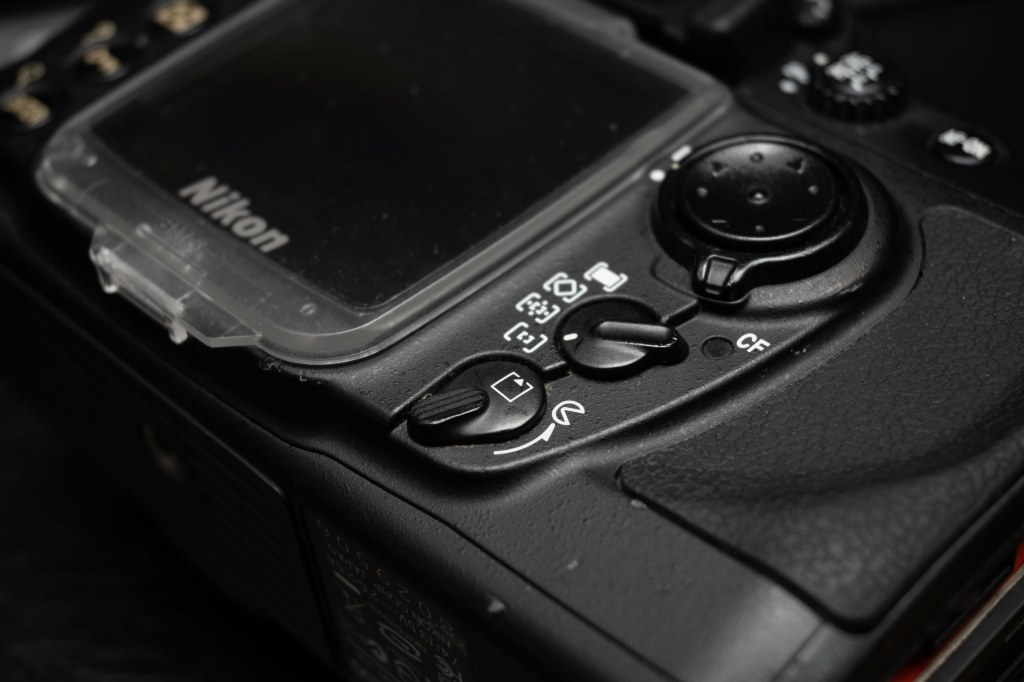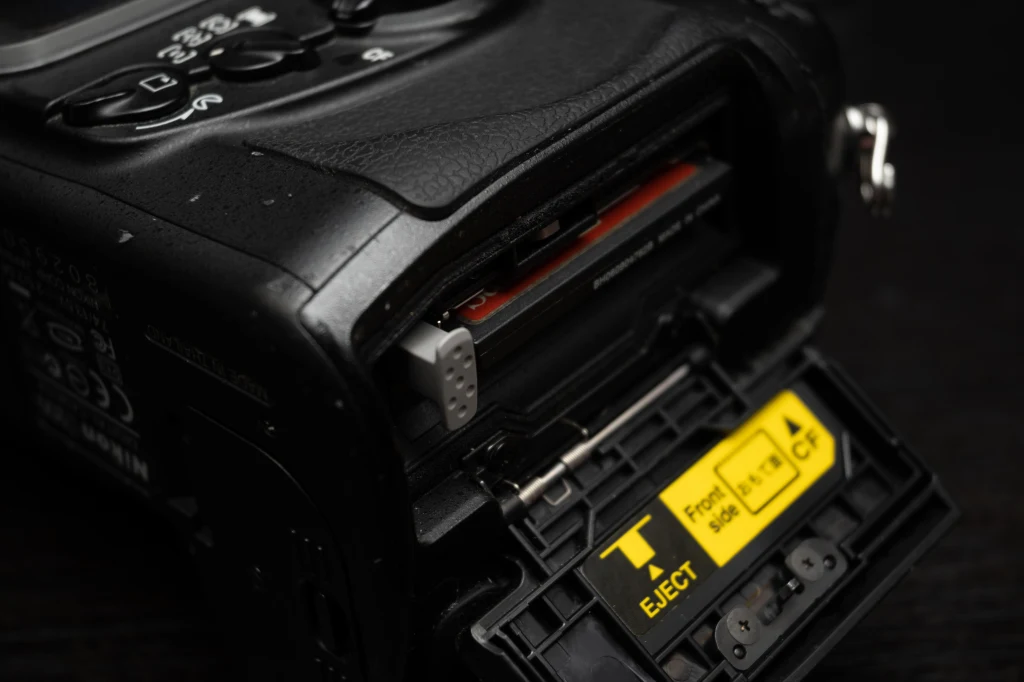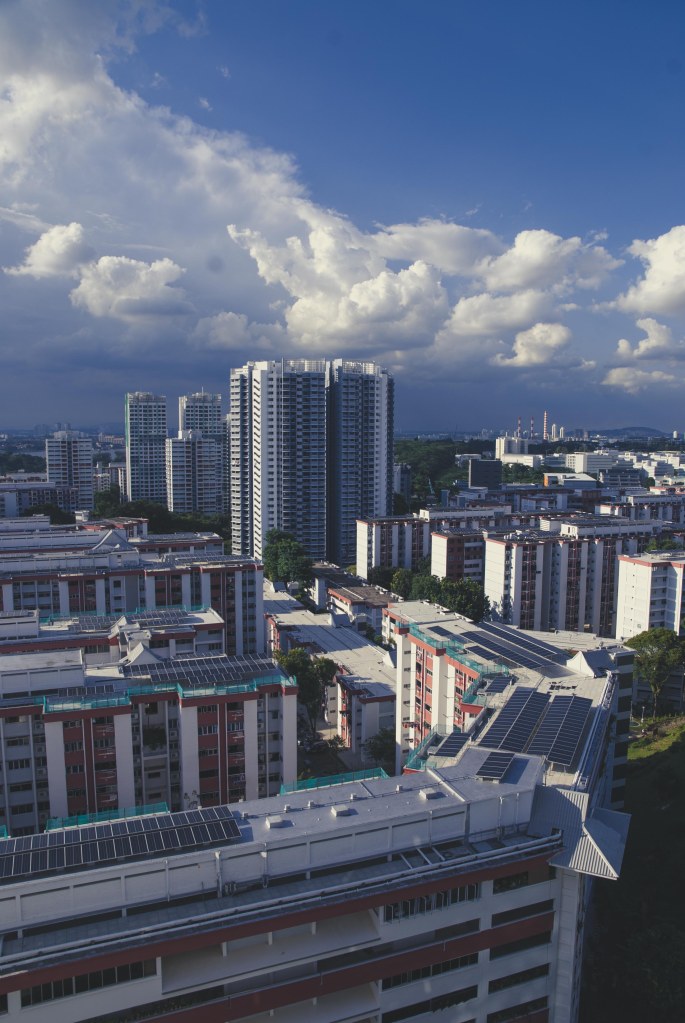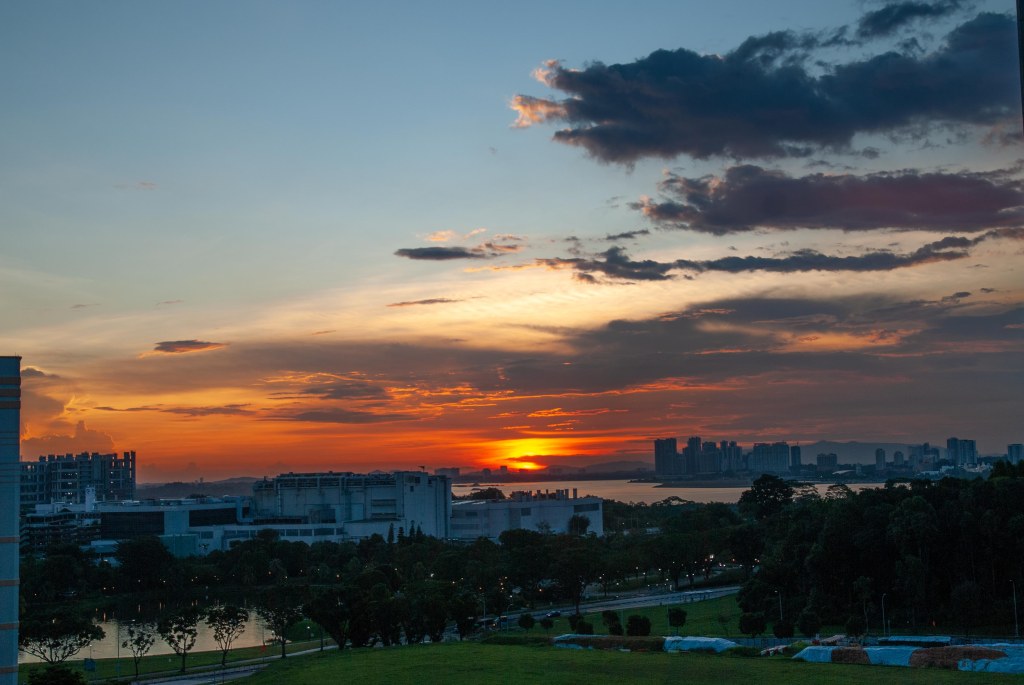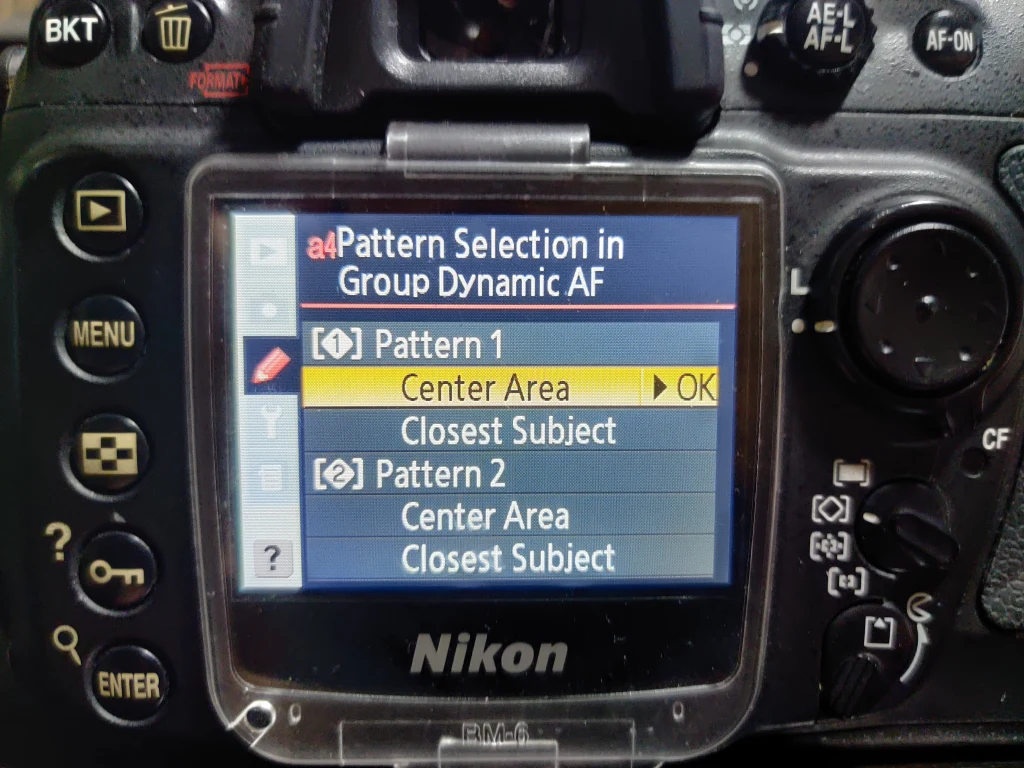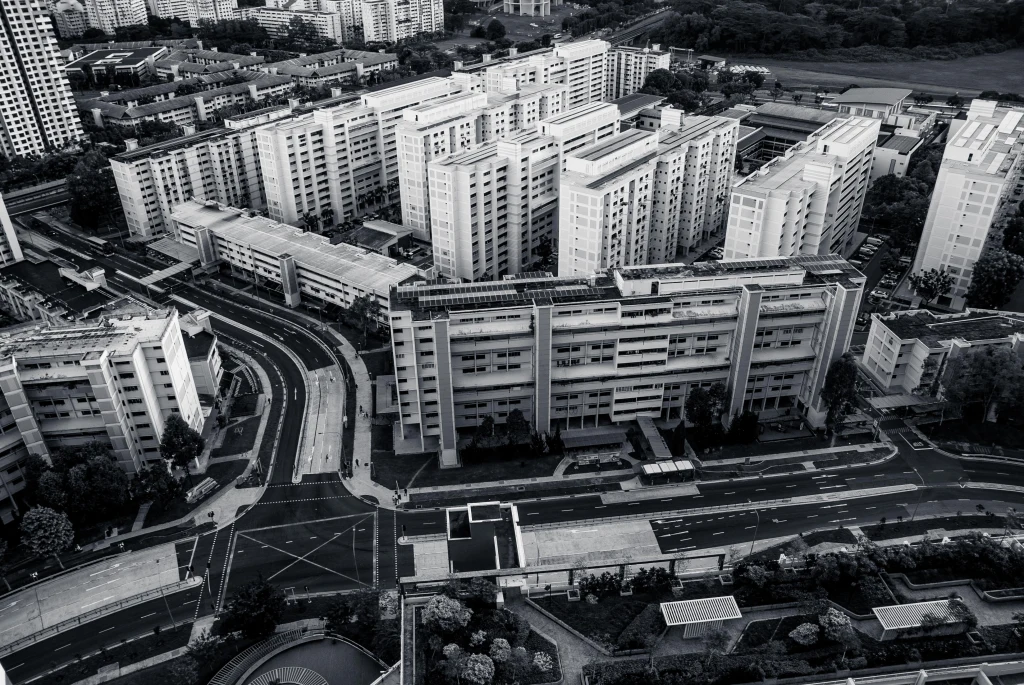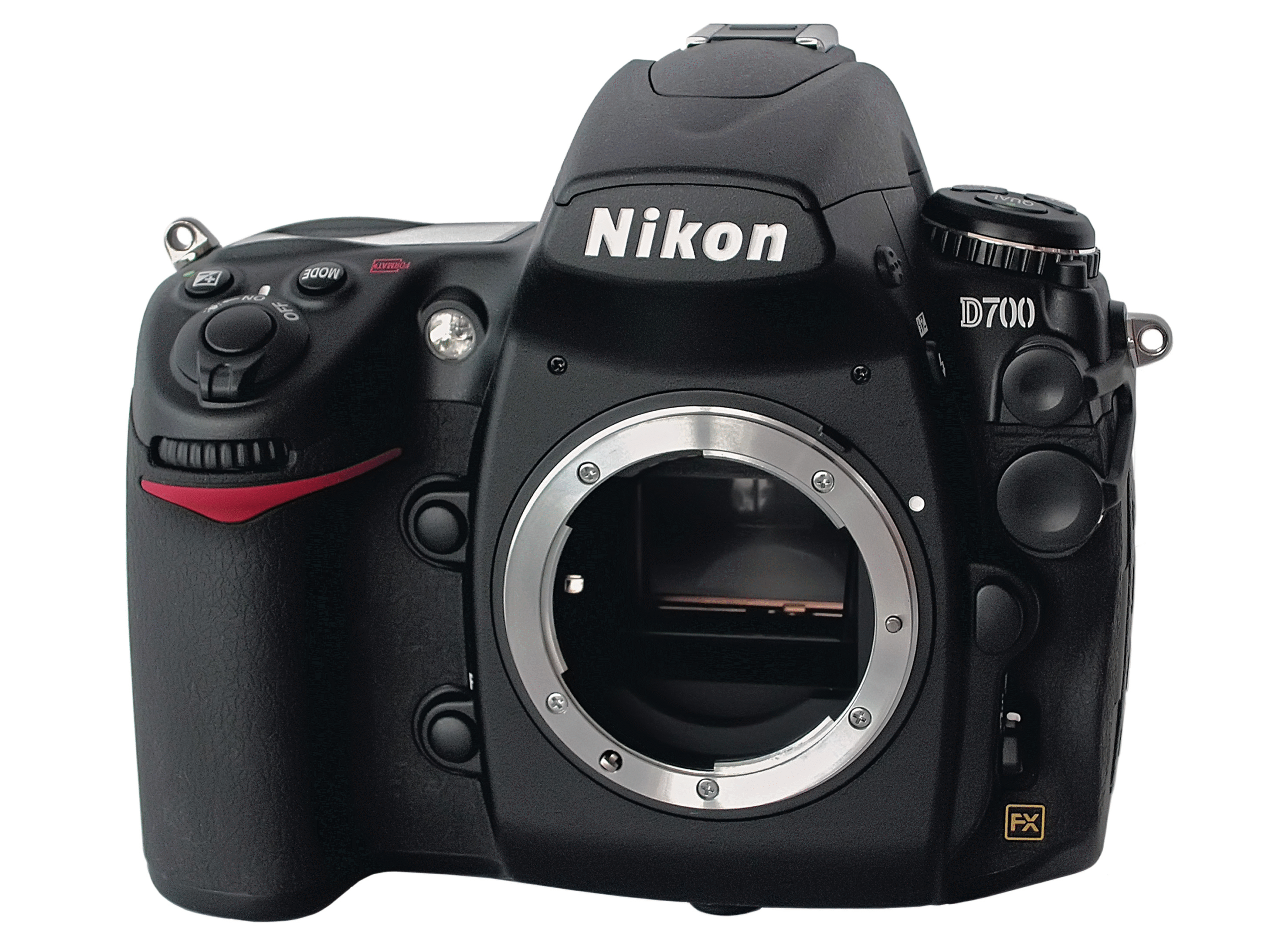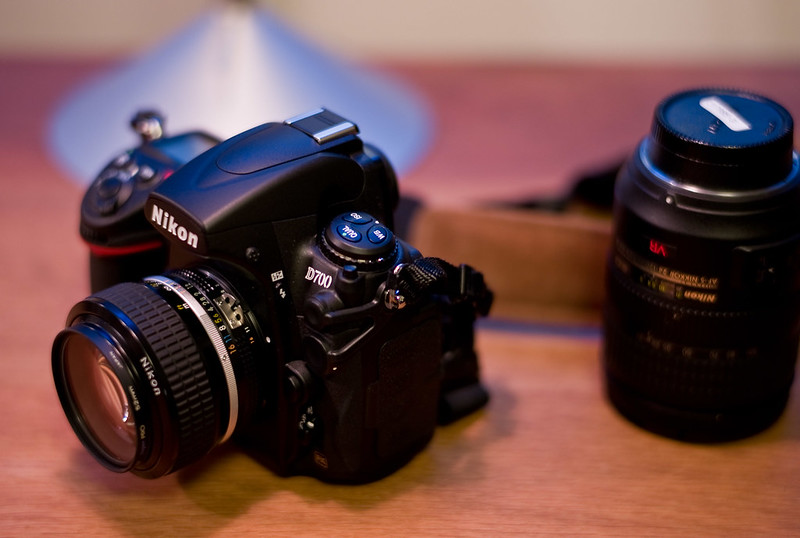I recently got my hands on a copy of the Nikon Z 50mm f/1.8 S lens (hereby called the 50mm 1.8 S). Having made the transition to Nikon Z series cameras after almost 10 years with the DSLRs, I have been slowly but surely transiting to the Z system, including lenses.
I was curious as to how it compared to my stalwart companion of coming 10 years, the Nikon AF-S 50mm f/1.4 G, here called the 50mm 1.4 G. I was able to do some comparisons of the two lenses’ image quality plus anecdotal comparisons of usage experience.
The Nikon Z 50mm f/1.8 Price in Singapore

I was always a fan of getting used gear as I had the confidence in being able to check them before making the purchase. I got my Nikon 50mm G at SGD$400 almost 10 years ago on a used gear forum in Singapore.
Recently, I bought the Nikon Z 50mm 1.8 S at a reasonable price of SGD $450 (a hefty 37% discount from the street price of about $711). While I am looking to offload the G lens (still going strong!) to cover some of the cost of the S lens, readers may wish to look out for a similar deal in your home country and get this lens if you can (spoiler alert!)
Comparing the Weight and Size of the 50mm 1.4G vs the 50mm f/1.8 S

The 50mm S weighs 415g, basically the same as the G lens and FTZ combined (G lens at 280g + FTZ at 135g = 415g). One issue that held me back with getting the lens initially was the weight. I was far to accustomed handling the Nikon D750 and 50mm G lens and that was such a compact combo.
However, having shot with the 50mm S on assignment and also during my cruise trip, I must say that the 50mm S balances very well with the Nikon Z6 MkI and I had no major issues with handling.
Filter thread

Unfortunately, upgraders will need to get new filters for the 50mm 1.8 S if you use them. The filter thread is now 62mm instead of the old and somewhat more common(?) 58mm. Not a big issue if you don’t use them at all though.
Image Quality differences between the 50mm G and Z lens
Sharpness and contrast

Lens optical designs have come a long way. Nikon was not kidding when they said that they designed the S series for professionals. This is a sharp lens.
Above is a centre crop of the images taken with both lenses. In Lightroom, blown up 100%, I can still see individual brick details on the 50mm S. The 50mm 1.4G in comparison, looks like I misfocused (I didn’t, trust me). Both lenses were shot at f/1.8.
Differences in contrast levels between the lenses is also like heaven and earth. The S lens has plenty of “bite” that the G lens simply lacks. In contrast (pun intended), the G lens looks blurry and hazy (like me after drinking too much whisky).
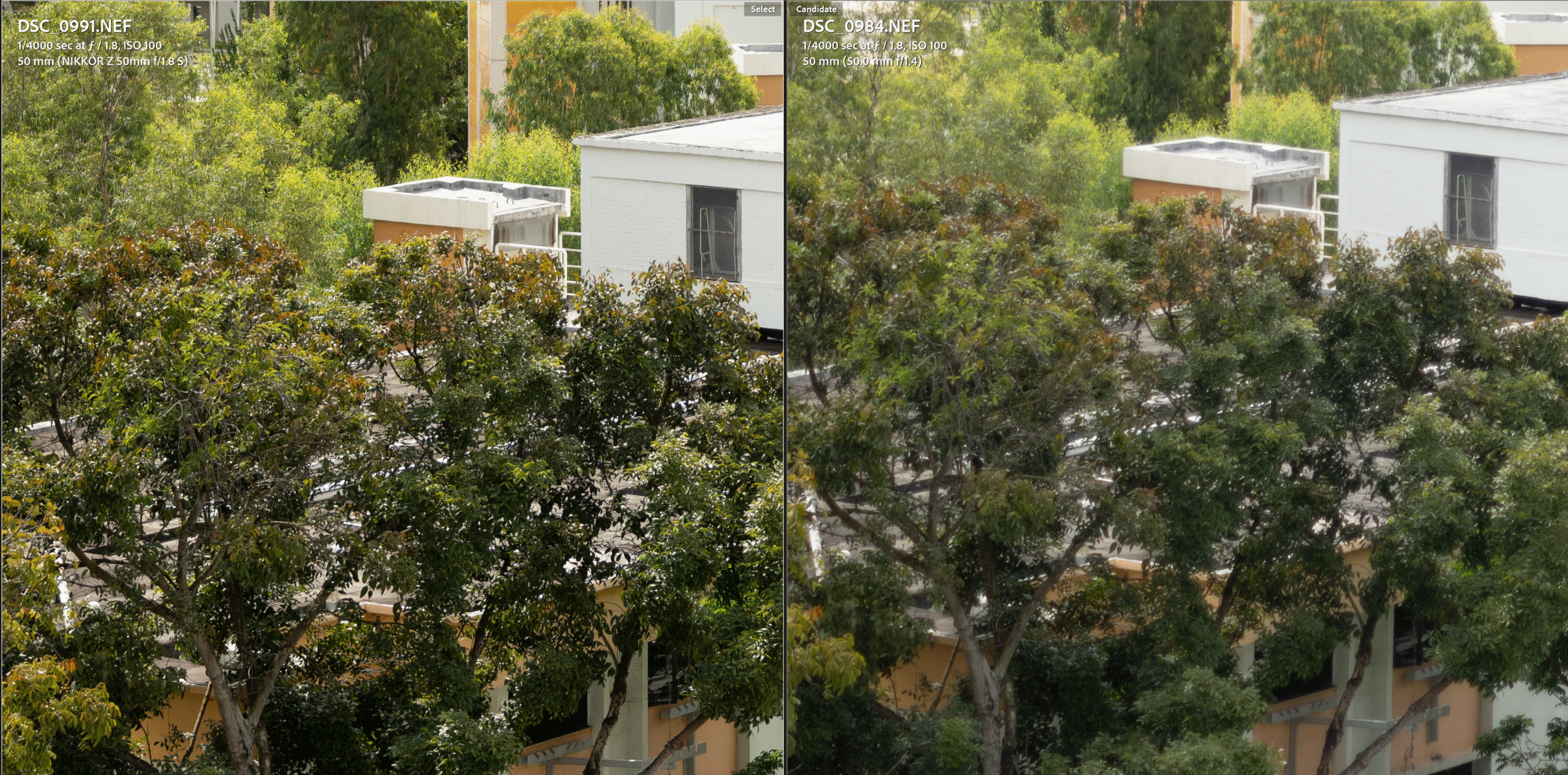
The corners on the 1.4G lens was a mess, more blurriness and haziness in the corners. Granted, for my use case at f/1.8 or 1.4 on the G lens, I tend to position my subjects in the central area (not dead centre though). I don’t tend to care about corner performance much, but if I had to position my subjects in the corners shooting wide open, I would think twice.
On the other hand, the 50mm S had no issues with corner sharpness whatsoever. Whatever engineering the lens designers had to do to provide this level of image quality on this lens, it was worth it.
Image sharpness is through the roof. In Lightroom, I was able to zoom in 100% and see the individual leaves on the trees, even in the corners. The image will sharpen up as you stop down from 2.8 to 4, but to be honest, I would have no qualms positioning my subject anywhere on the frame.
Fringing issues
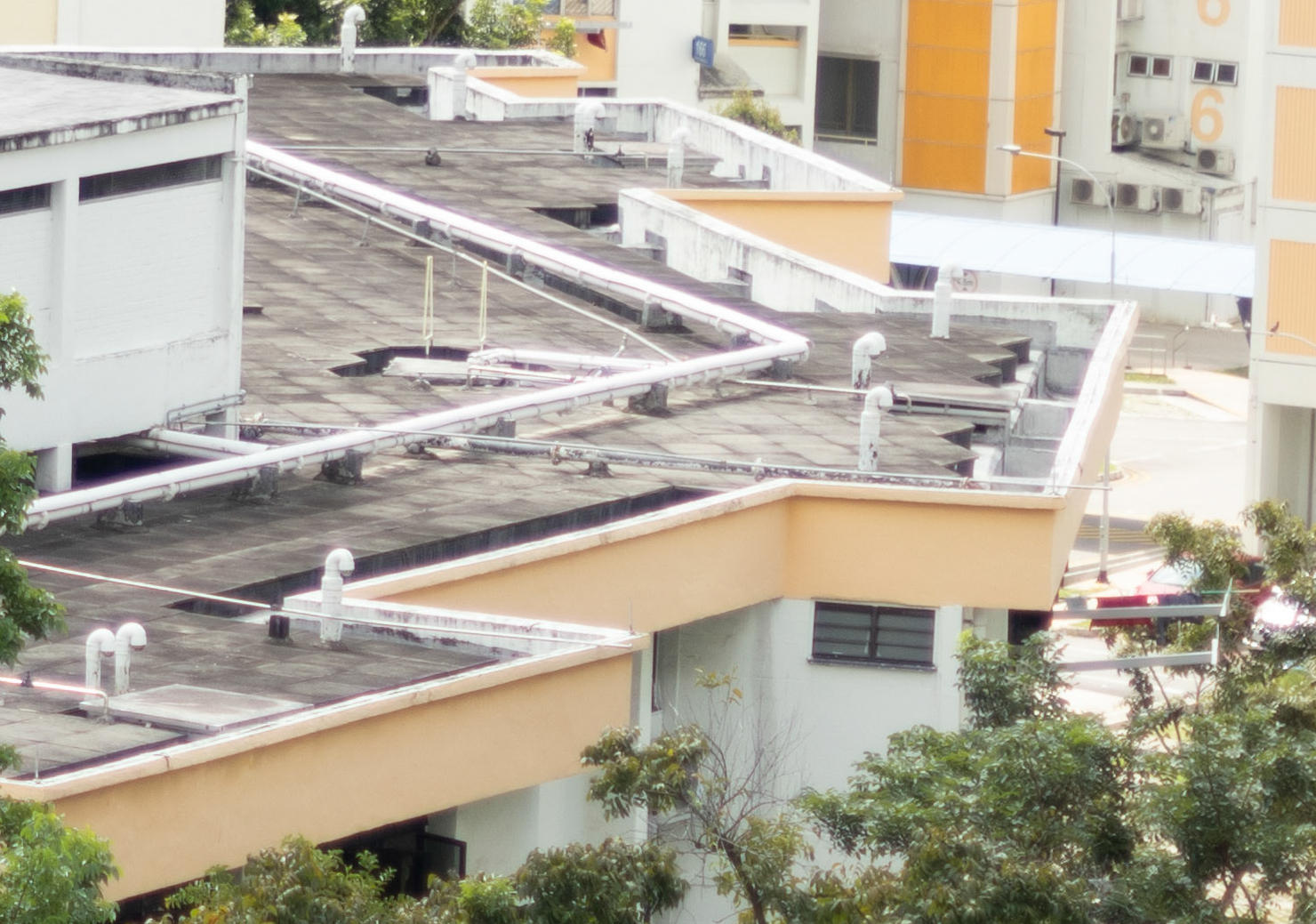

Fringing is an issue that is quite easily solved for Lightroom users, just tweaking the slider will help with removing the ugly purple fringing that usually pops up at high contrast areas.
The performance from the S lens is stonkingly good, I don’t know what Nikon did when they made the lens or optimised the software in camera for the lens, but I hope they continue it!
Bokeh
Bokeh is always subjective, personally, I don’t mind the bokeh from the lens. Here are some sample shots of random food and drinks for reference.


Autofocus

Right when it was released, the Nikon 50mm f/1.4G lens was never an award winning design for autofocus speed. Even compared to the original AF-S 50mm f1.8 G, AF speed wasn’t that fast or even slower.
The original D lenses were way faster. Still, in terms of accuracy, I had no issues all these years with my D3, D800 and finally D750, even when I was using the outer AF points. On my Z6, the 50 G and the FTZ combo worked well for sure.
The 50mm f/1.8 S, however, was noticeably faster on my tests and smoother. I suspect that the smoothness is due to the new stepping motor that has been implemented in the Nikon lenses recently. AF wise, this lens is a no brainer for hybrid shooters looking to upgrade. One issue, however, is that the focus ring on the S lens is fly by wire. This is one thing I don’t like.
Call me an old fogey, but sometimes I do prefer to manual focus and in those situations, I would like to have precise control and know that me turning the ring will also move the elements in the lens. Not a dealbreaker, but people getting the lens should definitely take this into consideration.
Should you upgrade from the 50mm 1.4G to the 50mm 1.8 S?
The 50mm 1.4G lens has been a staple of Nikon photographers everywhere, from amateur right up to working professionals. I still remember when the Nikon Z 50mm 1.8S was announced, people were groaning everywhere as soon as they saw the 1.8 maximum aperture.
I remember being somewhat disappointed myself at the announcement, since my perception of “pro-ness” usually meant a big, chunky lens with a large sexy aperture.
Granted, the lens wasn’t that small, but it was a part of the S line prime lenses that were all more or less the same size and design aesthetics, so it looked pretty nice to me and handy too.
When I finally was able to get a copy of my own (I’ve already used a few loaner lenses before), I was quite comfortable with the lens and it’s performance.
I would buy it again if a similar deal came along, would you get one? 🙂
Key points:
Pros
-Somewhat light
-Sharp wide open, shoot with impunity
-Optically outstanding
-Somewhat cheap (better prices for used gear)
Cons
-Not that cheap compared to traditional nifty fifties, especially brand new
-No f/1.4 aperture (in 2024, there is a 1.4 vers!), there is also the massive and expensive f/1.2 lens if you need it
Other articles:
I also do a comparison of the F and Z mount 85mm lenses and review the Z mount 35mm 1.4.
Personal Plug by Chris Puan
If you enjoy my blog content, please consider supporting the website by buying me a coffee here. Thanks for your support! 😀












































































